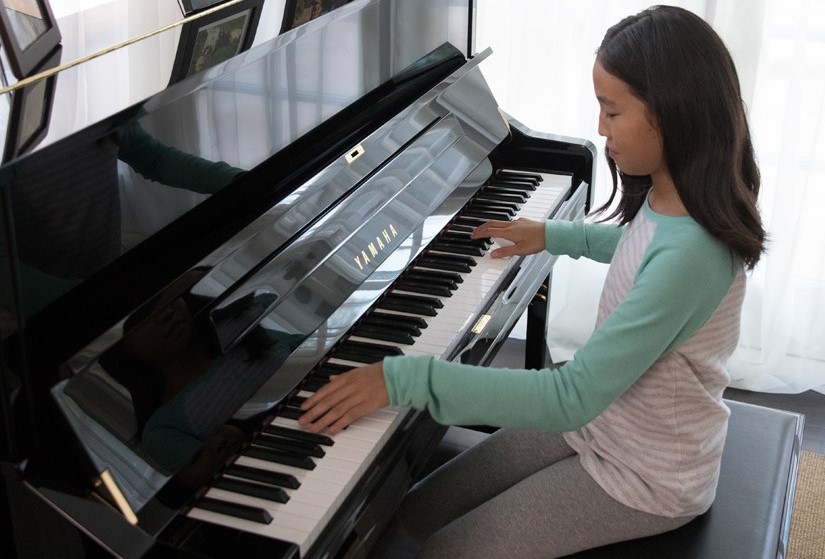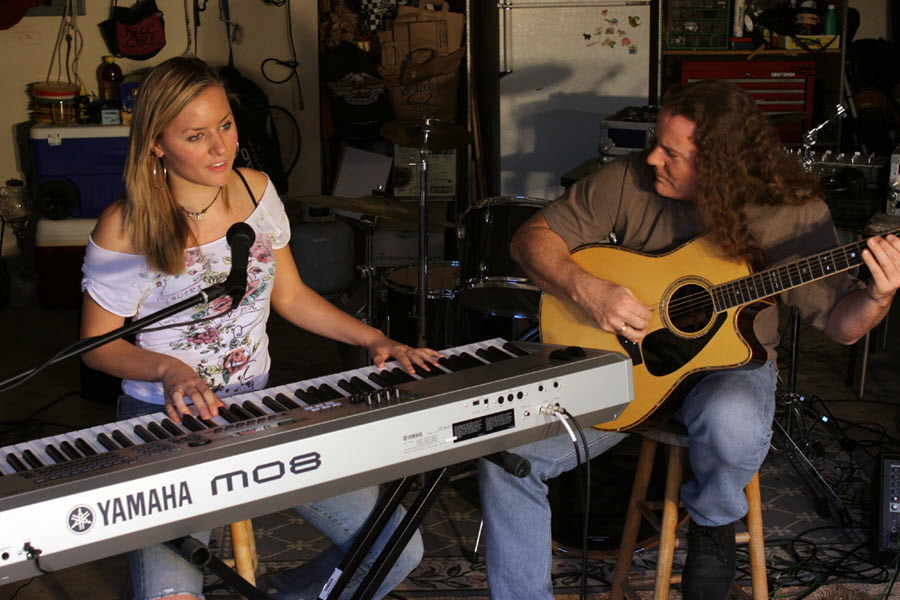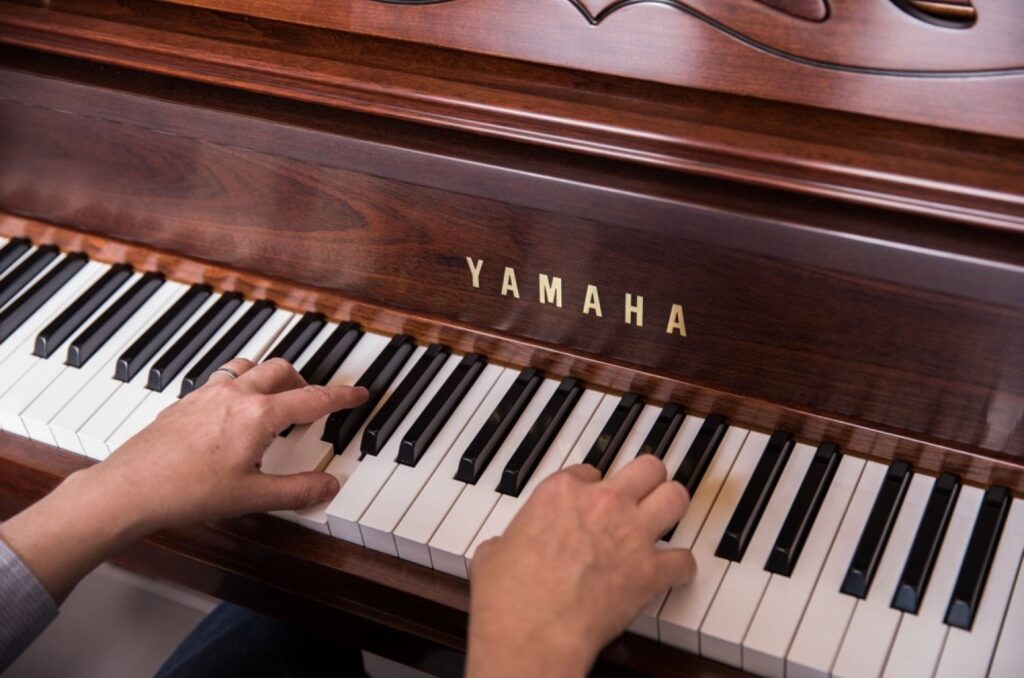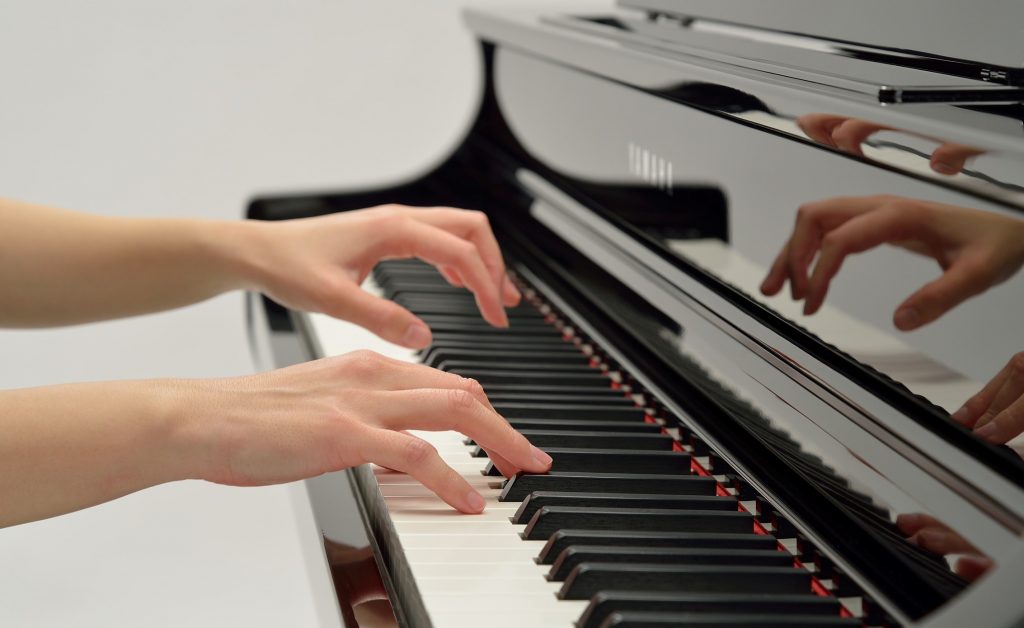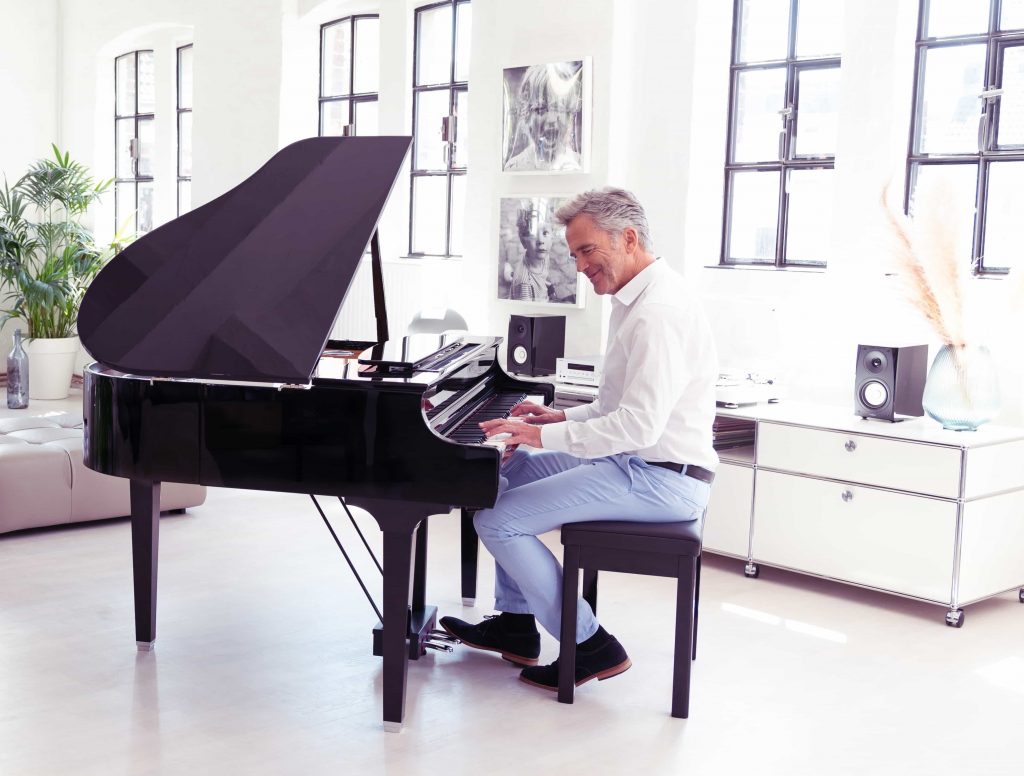Tagged Under:
Piano and Digital Keyboard Warmup
Preparing your body, mind and fingers before practicing and playing.
It’s one of the secrets of the pros, but unfortunately, students and budding performers rarely consider the need to warm up their body, mind and fingers before a session at the keys. In this article, we’ll take a deep dive into this important, yet often overlooked subject.
Clear Your Mind
When it comes to playing keyboards (or any instrument, for that matter), your mental attitude is as important as your physical condition. So take a moment to relax your mind before you start to practice or play. You want to be able to focus completely on what you’re doing, and if you’re playing with other musicians, you need to be able to zero in on what they’re doing without any mental distractions. Stop thinking about those chores and errands you need to run, or that thing that happened earlier in the day that bothered you, or that misplaced pedal or cable. Whatever it is, turn off your mind from all of that and get into a place of focus and concentration for the task at hand.
Stretch, Stretch and Then Stretch Some More
I like to start out by doing a simple hand stretching exercise. Hold your hands out in front of you and simply extend your fingers as widely apart as you can. (Think “jazz hands”!)
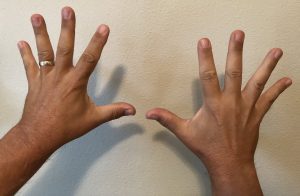
Hold the extended position for 5 – 10 seconds and then relax. Repeat this a few times, and then shake your hands vigorously to get the blood flowing. Next, curl your fingers up into a tight fist, keeping your thumb out:
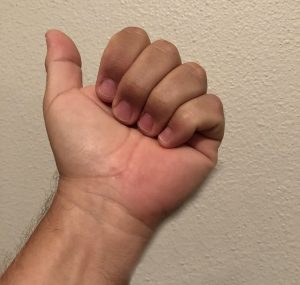
Make sure all your finger joints are bent. Hold this position for five seconds, then open and relax the hand. Repeat a few times and then shake your hands as described in the preceding paragraph. Try combining both exercises: Do the stretch, then bring your hand into a fist and squeeze gently, shaking your hands vigorously in-between.
Playing the keyboard involves more than the fingers, so it’s important to think about your arms, shoulders and neck as well. Start by rolling your head lazily in a clockwise direction a few times, then switch it up and go counter-clockwise. Don’t strain, just do it in a very relaxed manner. Then do some shoulder crunches, where you lift your shoulders up high towards your head and then relax them. Here’s a video that goes into greater detail on ways to stretch and work out kinks in your shoulders and neck.
Next, lift your arms up high so you feel both your upper arms and shoulders stretching nicely. Don’t force it; the idea is to lightly stretch and work the muscles. Then bring your arms out to your sides, parallel with the ground. Hold them there for a few seconds, and then bring them behind you, just a little bit. You’ll really feel this one! Rest for a moment, then bring your arms completely in front of you, reaching as far forward as you can. Be sure that you’re breathing normally during all of this: don’t hold your breath during each exercise.
This may seem like a lot, but you can easily execute all these moves within just a few minutes, and doing so will really help relax you and get you ready for the playing to come.
Keyboard Finger Stretches
There are also a number of great exercises you can do at the keyboard to help stretch your hand and work each of your fingers. Here’s one that’s both simple and effective:
1. Place your right hand with your thumb on Middle C and your fingers above the adjacent five white notes (C to G):

2. Now lift and then play Middle C with your thumb slowly. Repeat, being sure to lift the thumb high off the key each time before playing it again. Be sure that you are not pressing down on any of the other white keys.
3. Relax the thumb and then do the same movements with your index finger on D.
4. Repeat this concept for each of the other fingers. You’ll find the ring finger on F to be the hardest to execute cleanly.
5. Do the same with your left hand, placing your pinky on the C below Middle C.
Here’s an audio clip of me doing this exercise, with each finger playing the note three times before moving to the next one:
This next exercise is more advanced, and is recommended for intermediate to advanced players:
1. Place your right hand with the thumb on Middle C, and the third (middle) finger on G:
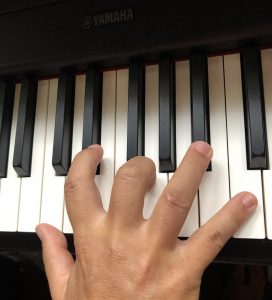
2. Play those notes at the same time and hold them.
3. Next, play E-flat with your second (index) finger, and B-flat with your fourth finger. Make sure they sound at exactly the same time. When you press down those notes, lift your thumb and middle finger up high off the keys. In this way you are both stretching your playing fingers widely apart and stretching the released fingers up high, working the muscles in two directions at once.
4. Next play the middle finger again on the G while your fifth finger (the pinky) plays the C above it. Again, be sure they strike at the same time, and lift the second and fourth fingers high off the keys.
You don’t need to do this fast: the idea is to concentrate on stretching the fingers apart and accurately sounding the double notes together. Those of you familiar with chords and harmony will notice that you’re playing a C-minor seventh chord. You can do this exercise going through all the types of seventh chords, as shown below:
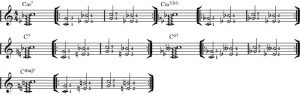
Here’s an audio clip of me playing each of these different chords:
Note that the major seventh chord shape will be the hardest to do, as it involves the most stretching of the fingers. Advanced players can try this exercise in all twelve keys. Good luck with it!
Additional Tips and Tricks
– If you live in a cold climate, or your keep your air conditioning cranked, think about running your hands under warm water for a few minutes before starting — this will help loosen the muscles. I know a pianist who used to soak their hands in a bowl of warm water before every performance, for the same purpose.
– Sit in a chair that has arms, and place your own arms so that your wrist and hands fall freely to the front of the chair’s arms:
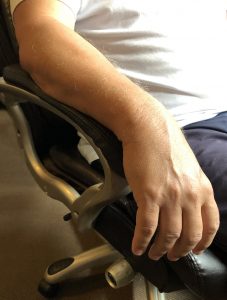
– Now lift your hands up slowly so you feel your wrists getting stretched:
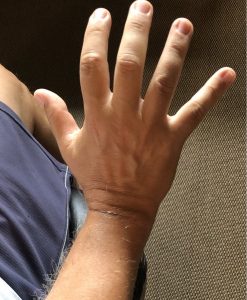
When you return your arms back in place, push a little further down to curl them under so you stretch the forearm and wrist muscles a bit in the opposite direction.
– Always pay attention to your posture. Keep your back straight, your shoulders relaxed, and hold no tension in your arms or body. (Something that applies to life in general, not just when you’re sitting at a keyboard!)
Photos courtesy of the author.
All audio played on a Yamaha P-515.
Check out our other Well-Rounded Keyboardist postings.
Click here for more information about Yamaha keyboard instruments.










